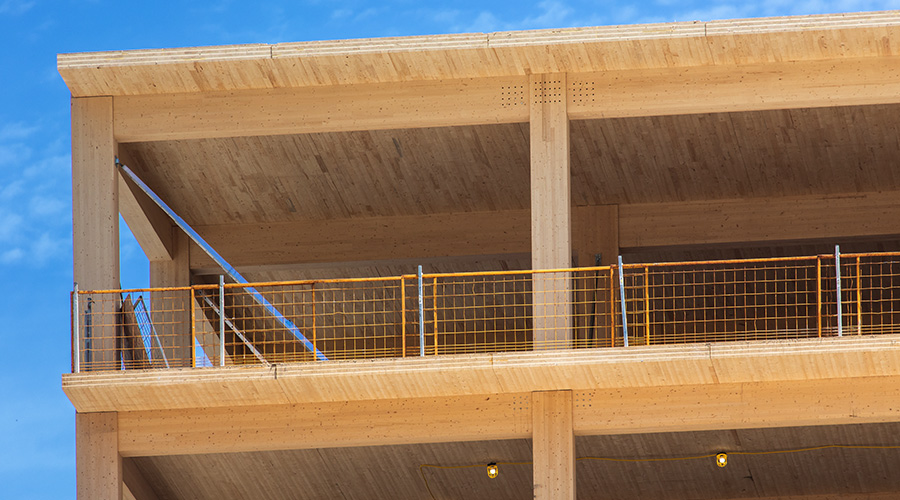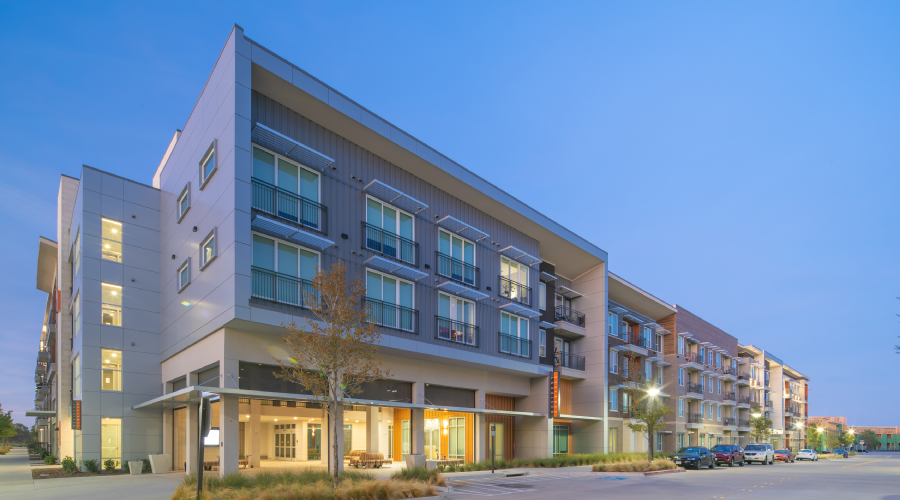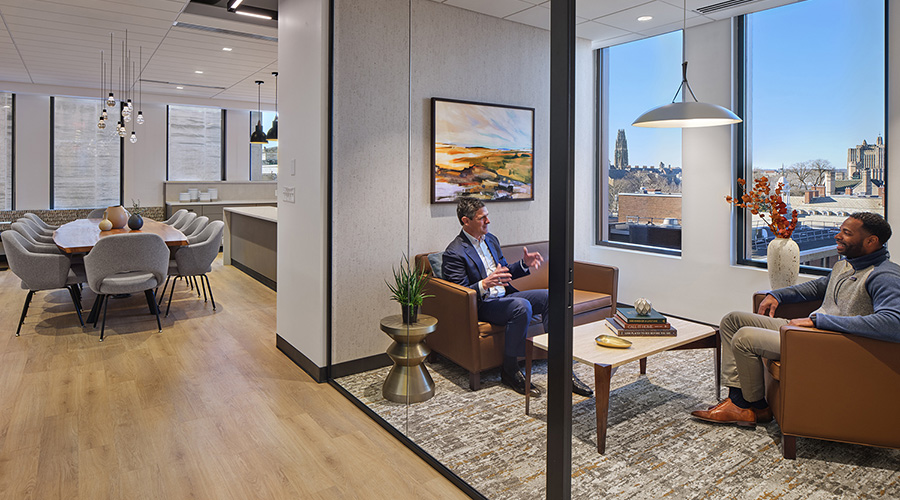Managing Sound, Noise is One Potential Challenge in Open Workplace Design
With all of this openness in today's workplace, sound and noise can be an issue. One solution is to position workstations in an alternating fashion that reduces the line of sight from desk to desk — in other words, so that employees can't see their work neighbors' faces. While noise-reducing materials are available for floors, ceilings, partitions, and other surfaces, if employees can see their work neighbors' faces as they talk on the phone or with others, there is no way to reduce the noise transmission.
Another tactic is to introduce masking sound throughout the entire workplace. Lower-tech solutions include encouraging staff to use the group spaces versus workstations for conference calls and other potentially noisy activities. In some cases, "loud talkers" simply must be asked to speak more softly.
Besides the obvious aesthetic improvements, redesigned workplaces offer several other benefits to companies and their employees.
Some of the "soft" benefits include the positive response from employees with the new workplace environment. This not only helps with employee retention efforts, but also with recruiting. Improvements in communication, collaboration, and efficiency also have been documented.
Some of the "hard" benefits include reductions in real estate expenditures — since more employees can work in a given space — and a smaller investment in furniture.
Related Topics:














